Jessica Merritt
Editor & Content Contributor
102 Published Articles 541 Edited Articles
Countries Visited: 4U.S. States Visited: 23
A long-time points and miles student, Jessica is the former Personal Finance Managing Editor at U.S. News and World Report and is passionate about helping consumers fund their travels for as little ca...
Edited by: Nick Ellis
Nick Ellis
Editor & Content Contributor
170 Published Articles 809 Edited Articles
Countries Visited: 35U.S. States Visited: 25
Nick’s passion for points began as a hobby and became a career. He worked for over 5 years at The Points Guy and has contributed to Business Insider and CNN. He has 14 credit cards and continues to le...
& Keri Stooksbury
Keri Stooksbury
Editor-in-Chief
40 Published Articles 3358 Edited Articles
Countries Visited: 50U.S. States Visited: 28
With years of experience in corporate marketing and as the executive director of the American Chamber of Commerce in Qatar, Keri is now editor-in-chief at UP, overseeing daily content operations and r...
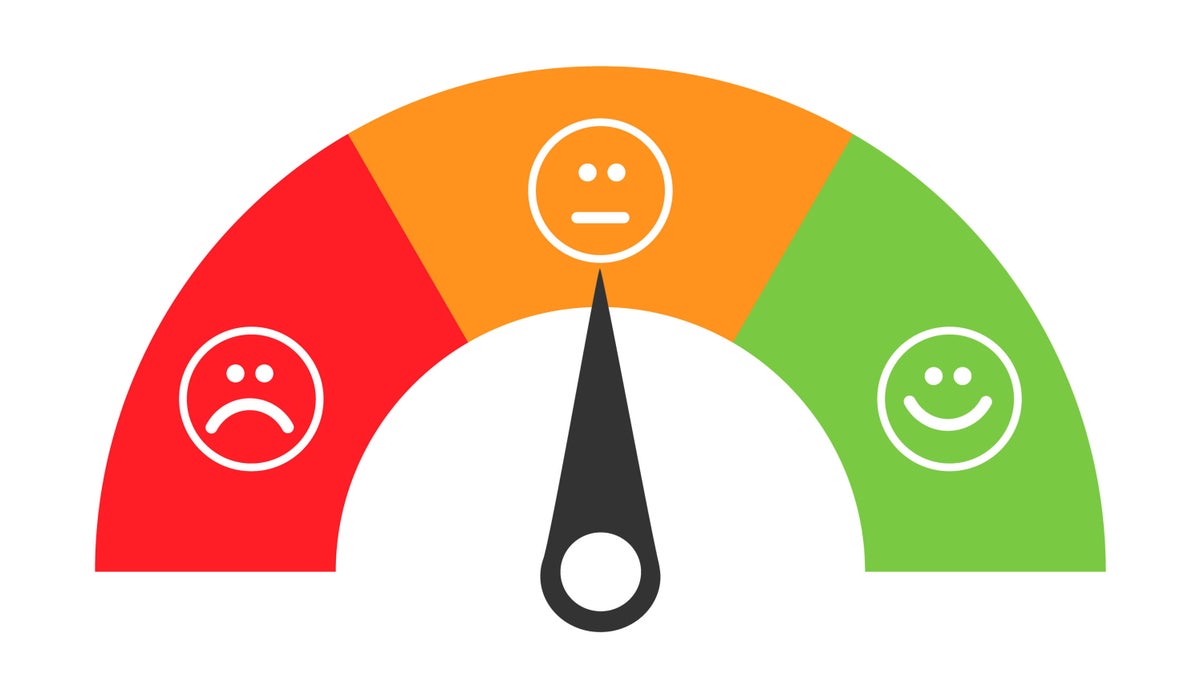
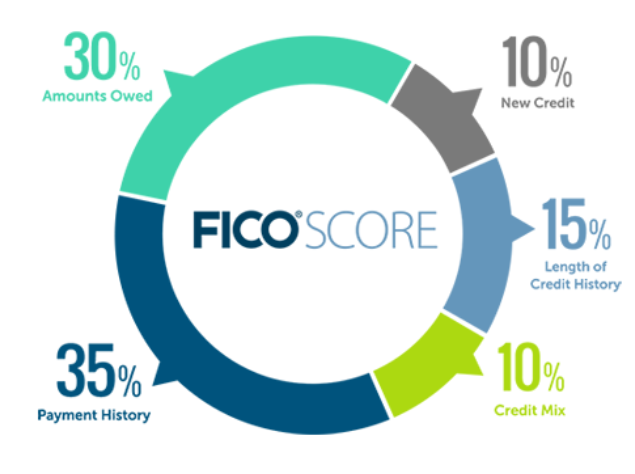
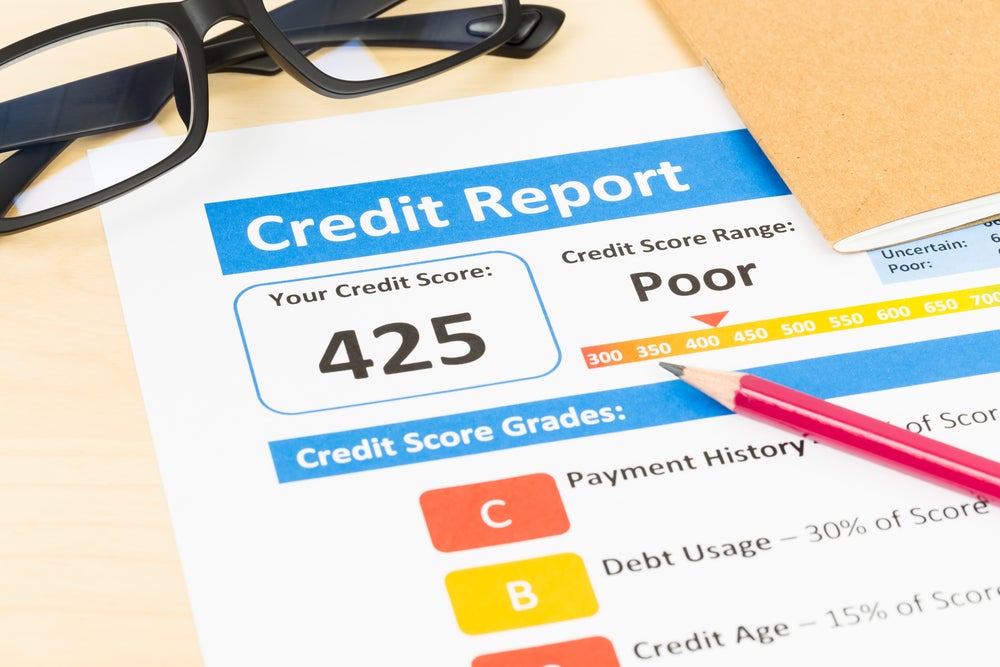
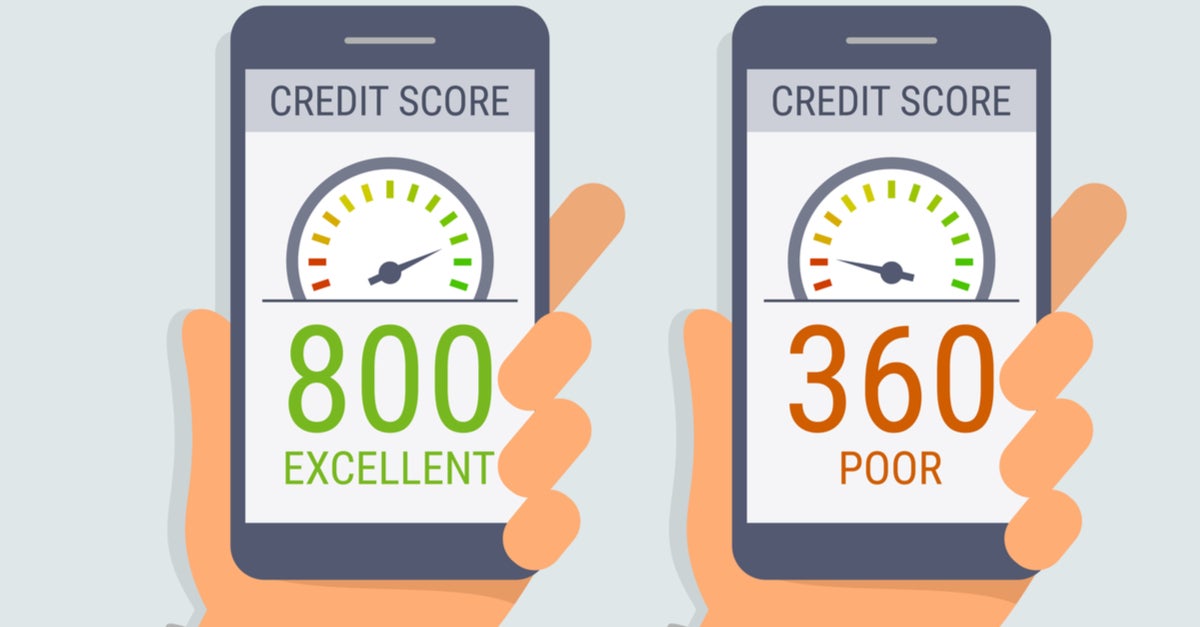


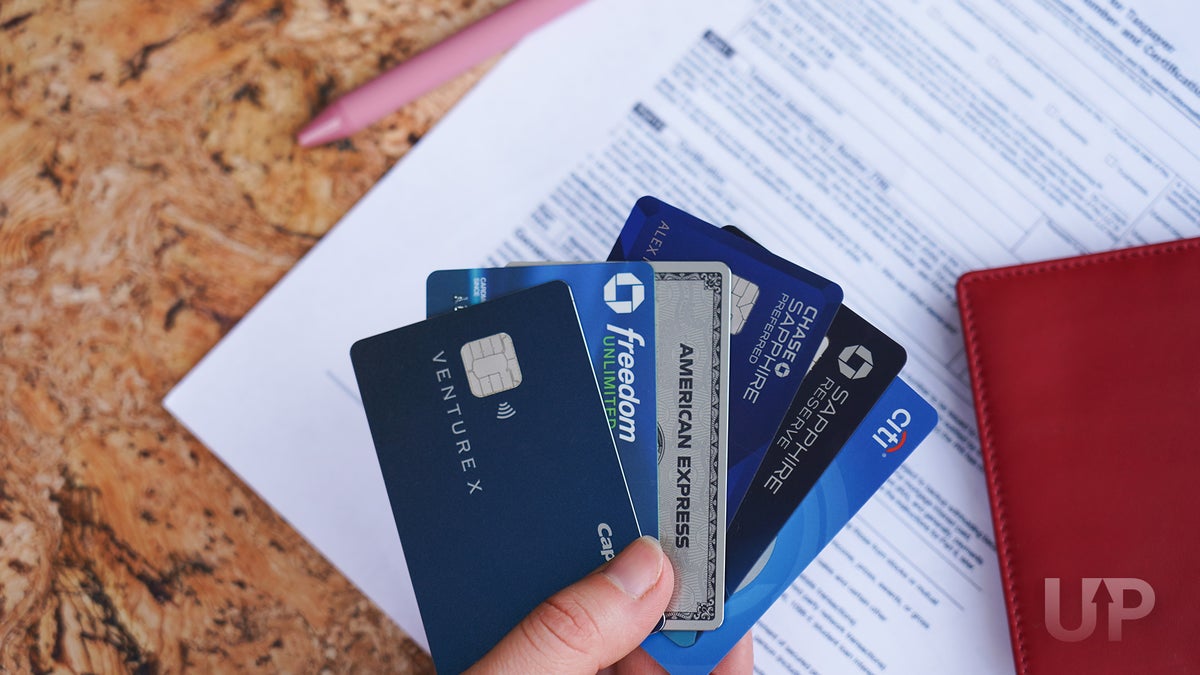
![Credit One Bank® Unsecured Visa® with Free Credit Score Access – Review [2023]](https://upgradedpoints.com/wp-content/uploads/2020/05/Credit-One-Bank-Unsecured-Free-Credit-Score.png?auto=webp&disable=upscale&width=1200)
